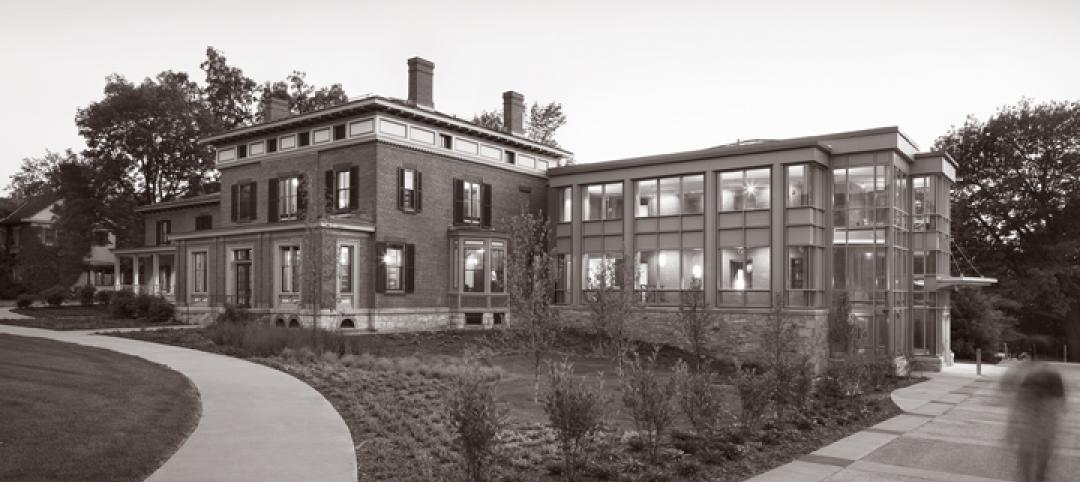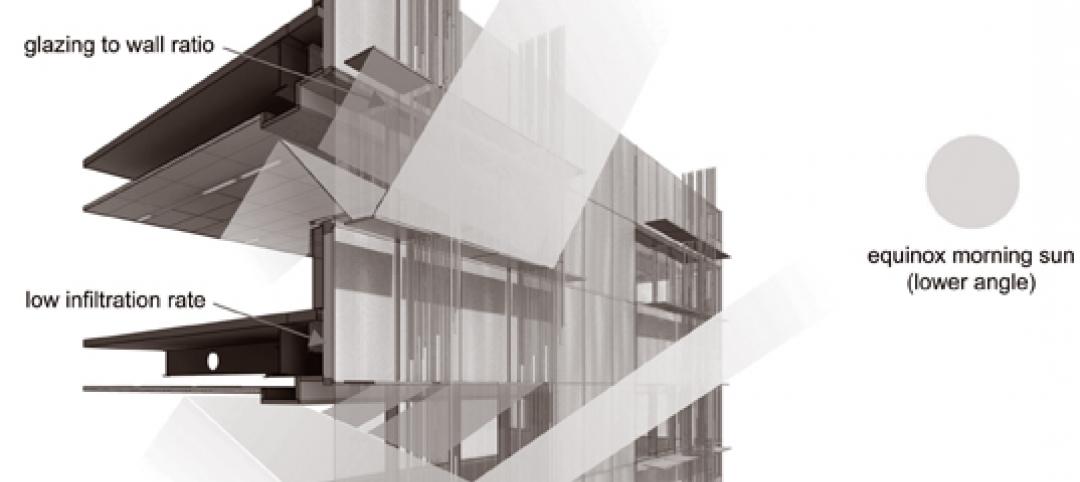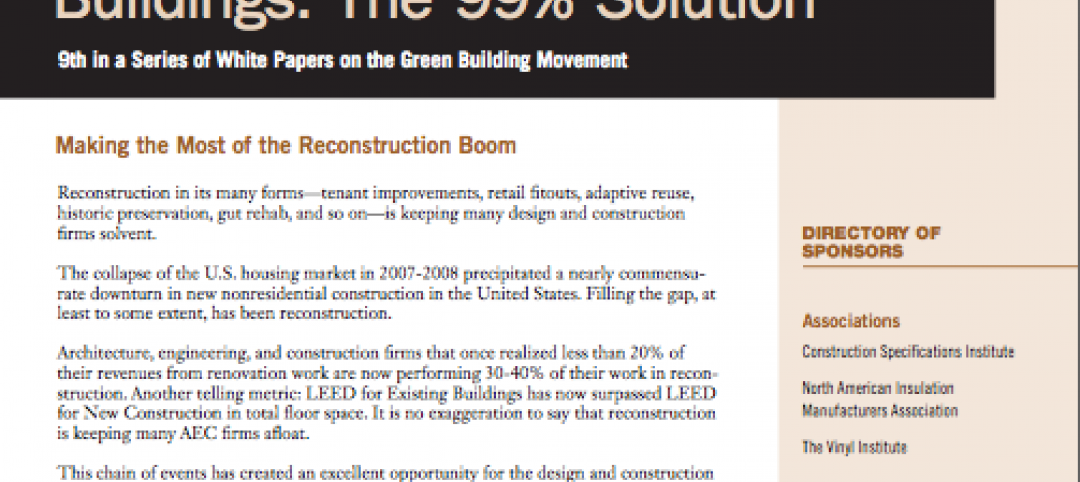Chicago’s Union Station Great Hall, originally designed in 1925, needed substantial repairs due to water leakage and deterioration due to flaws in the original design. The Great Hall restoration project was the most recent in a series of Union Station restoration projects that began in 2010.
Goettsch Partners began the $22-million dollar Great Hall project over three years ago. The design team renovated the station’s 219-foot-long skylight, which experienced extensive moisture damage over the past several decades. An energy-efficient, modern skylight was designed and built five feet above the original cast-iron skylight. The new skylight comprises steel and 858 panes of clear, high-efficiency glass that protects the building while brightening the Great hall interiors with 50% more natural daylight than before.

See Also: Art-focused hotel will be the first to open in the Dallas Arts District
Other aspects of the restoration included structural improvements, new plumbing, plaster repair, restored ornamentation, and new lighting. The architectural team removed layers of paint to reveal the original coloration of the Great Hall’s ornate plasterwork and then restored the station to its original color scheme. Additionally, a new elevator was installed and 24 ceiling chandeliers and two figural sculptures were restored.
Workers used a suspended work deck with swing stages, as opposed to conventional floor-mounted scaffolding, so work could proceed without interrupting the commute of the 120,000 daily travelers.
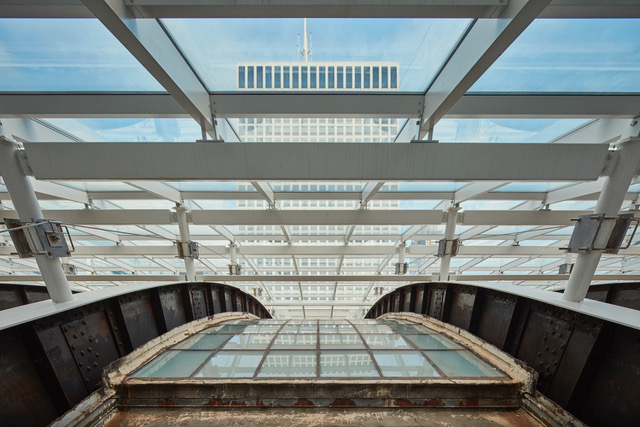
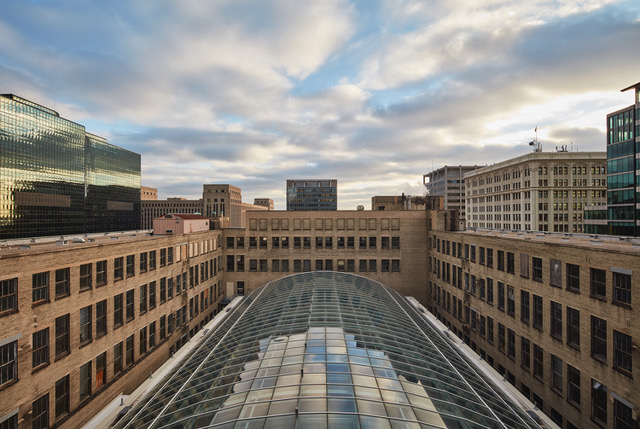
Related Stories
| May 11, 2012
Chapter 8 High-Performance Reconstruction and Historic Preservation: Conflict and Opportunity
What historic preservationists and energy-performance advocates can learn from each other.
| May 10, 2012
Chapter 7 When Modern Becomes Historic: Preserving the Modernist Building Envelope
This AIA CES Discovery course explores the special reconstruction questions posed by Modern-era buildings.
| May 10, 2012
Chapter 6 Energy Codes + Reconstructed Buildings: 2012 and Beyond
Our experts analyze the next generation of energy and green building codes and how they impact reconstruction.
| May 10, 2012
Chapter 5 LEED-EB and Green Globes CIEB: Rating Sustainable Reconstruction
Certification for existing buildings under these two rating programs has overtaken that for new construction.
| May 10, 2012
Chapter 4 Business Case for High-Performance Reconstructed Buildings
Five reconstruction projects in one city make a bottom-line case for reconstruction across the country.
| May 10, 2012
Chapter 3 How Building Technologies Contribute to Reconstruction Advances
Building Teams are employing a wide variety of components and systems in their reconstruction projects.
| May 9, 2012
Chapter 1 Reconstruction: ‘The 99% Solution’ for Energy Savings in Buildings
As a share of total construction activity reconstruction has been on the rise in the U.S. and Canada in the last few years, which creates a golden opportunity for extensive energy savings.
| May 7, 2012
4 more trends in higher-education facilities
Our series on college buildings continues with a look at new classroom designs, flexible space, collaboration areas, and the evolving role of the university library.
| May 3, 2012
NSF publishes ANSI standard evaluating the sustainability of single ply roofing membranes
New NSF Standard provides manufacturers, specifiers and building industry with verifiable, objective criteria to identify sustainable roofing products.



